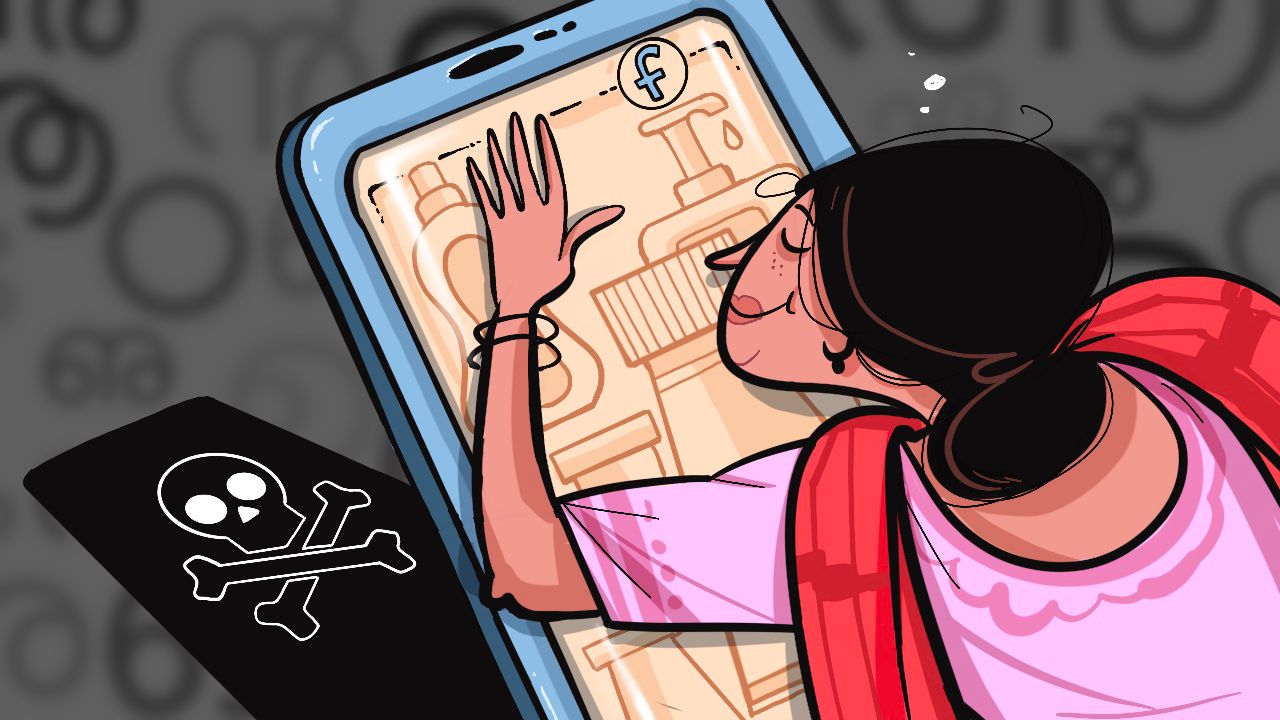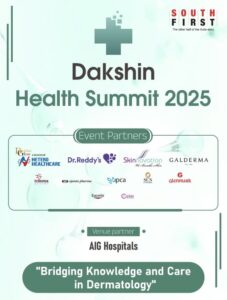Dermatologists highlighted how regional-language content is both democratising healthcare access and amplifying the spread of dangerous medical misinformation.
Published Nov 14, 2025 | 2:40 PM ⚊ Updated Nov 14, 2025 | 2:40 PM

According to a 2021 consumer survey by the American Society for Dermatologic Surgery, social media ranked among the top three factors that shape how people choose their skincare products.
Synopsis: In India, healthcare access is still limited for many people, especially women. They’re obviously concerned about their looks, and if they find something that’s cheap and easy to buy, they’ll go for it. We can’t just blame them—we have to find ways to bridge this gap. Government hospitals rarely have cosmetic dermatology services, and private care is often unaffordable. So the focus also has to be on how we can reach and educate this larger group that’s currently being misled online.
While medical professionals debate ethics and regulations on English-language platforms, a parallel revolution is unfolding in regional language social media—one that’s reaching millions of Indians who have never seen a dermatologist, but who are increasingly making healthcare decisions based on content in their respective mother tongues.
At the second edition of South First’s Dakshin Health Summit, during a panel discussion on ‘Social Media and Skin & Hair Health‘ held at the Asian Institute of Gastroenterology (AIG), Gachibowli, on Sunday, 9 November, dermatologists highlighted how regional-language content is both democratising healthcare access and amplifying the spread of dangerous medical misinformation.

The second edition of the Dakshin Health Summit 2025 was held at the Asian Institute of Gastroenterology in Hyderabad on Sunday, 9 November.
Dr Rajetha Damisetty, Senior Dermatologist, Founder–Director of Mohana Skin, Hair & Aesthetic Clinic, and Organising Chairperson of Dakshin Health Summit, shared a striking anecdote that illustrates regional language social media’s reach. “I had a young woman who once worked as my son’s nanny. She came to visit, and I noticed she had a lot of acne. She was in her late 30s, and when I asked what she was using, she said she’d been applying something called No Scars cream—which she discovered on YouTube.”
Dr Damisetty explained the significance: “Now, vernacular social media is incredibly powerful. She isn’t educated, not even literate, yet she somehow found that product. Was it through voice search? Certain hashtags? We don’t know. But this shows how the reach of non-English content is transforming access—for better or worse. Social media may be part of the problem, but it can also be part of the solution. Especially vernacular platforms could be our route to reach those who can’t afford our consultations or access reliable skin-health advice.”
Dr Damisetty contextualised the healthcare access challenge: “Excellent points—because, you know, we often focus only on our urban setups, where we’re exposed to a small segment of privileged people. But real India is not this.”
Dr Sivaranjani Santosh, Senior Paediatrician, First Aid Trainer, and Social Activist from Hyderabad, elaborated on the structural barriers: “In India, healthcare access is still limited for many people, especially women. They’re obviously concerned about their looks, and if they find something that’s cheap and easy to buy, they’ll go for it. We can’t just blame them—we have to find ways to bridge this gap. Government hospitals rarely have cosmetic dermatology services, and private care is often unaffordable. So the focus also has to be on how we can reach and educate this larger group that’s currently being misled online.”
Dr K Sai Sandeepthi, Dermatologist at Eudermiz Skin, Hair and Laser Clinic, Hyderabad, who moderated the discussion, presented research demonstrating social media’s overwhelming influence on healthcare decisions. “Let me add some numbers here. A study conducted in Saudi Arabia found that 51% of participants first learned about skincare products through social media. And in an interesting 2025 study of female college students in Tamil Nadu, over 92% said social media influenced their skincare product choices—while nearly 88% reported side effects from products they tried because of those influences.”
She added: “According to a 2021 consumer survey by the American Society for Dermatologic Surgery, social media ranked among the top three factors that shape how people choose their skincare products.”
Dr Damisetty extended this concern: “And also whether or not to undergo cosmetic treatments.”
Dr Sandeepthi shared another disturbing example: “This patient tried a DIY hack she found online—she used soda lime to remove her DPNs (dermatosis papulosa nigra). Unfortunately, it caused severe burns and scarring. It’s a painful reminder that what looks simple or harmless online can sometimes cause permanent damage.”
Dr Sangeet Kumar K, Dermatologist at Episkin Hair and Skin Clinic, Hyderabad, noted the frequency of such cases: “Another important issue is DIY skincare. Many people buy chemical peels online and apply them at home, and we see patients coming in with first- and second-degree burns. DIY is fine for home chores, but not for skincare—your face isn’t a chemistry lab. As dermatologists, we need to use social media to spread awareness about the dangers of such practices.”
Dr Sandeepthi described what dermatologists encounter regularly: “We’re seeing this almost every day in clinics now. Patients come in with bags full of skincare products—the entire consultation table gets covered! And many of them still don’t see any results. So it’s not just their skin barrier that’s damaged—their wallets are too.”
(Edited by Majnu Babu).
